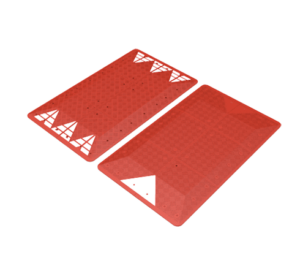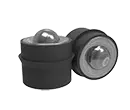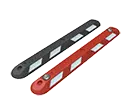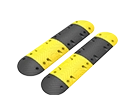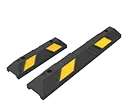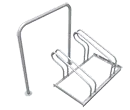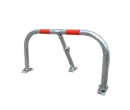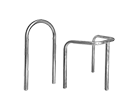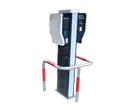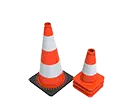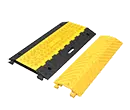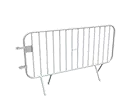How to drive over speed bumps smoothly?
Speed bumps are every motorist’s least favoured kind of traffic management. The safety of walkers is a problem whenever they are in close proximity to automobiles.
In the presence of aggressive driving, areas such as schools, playgrounds, and parking lots are extremely risky for pedestrians. Speed reduction is one method to avoid catastrophe in these places.
Lower speed limits combined with speed bumps can drastically lower the risk of collisions or fatalities. Speed bumps and speed humps are real speed reducers on roads intended to slow down vehicles and promote safer driving speeds.
Excessive speed over these surfaces could result in an uncomfortable ride and potential long-term damage to the vehicle. To avoid a more severe consequence, speed bump standards are required for this occurrence.
You’ve undoubtedly seen some ingenious manoeuvring to dodge a speed bump.
Is there, however, a “correct” method to travel over a speed bump?
Should you travel one wheel at a time, diagonally, or just slow down?
When driving over speed bumps, how fast should you go? The solution is straightforward. Simply drive slowly—about 15 MPH is optimal. The better your car is when travelling over a speed bump, the straighter it is.
Do you want to know more about this topic? We also have an article talking about speed bump standards and regulations.
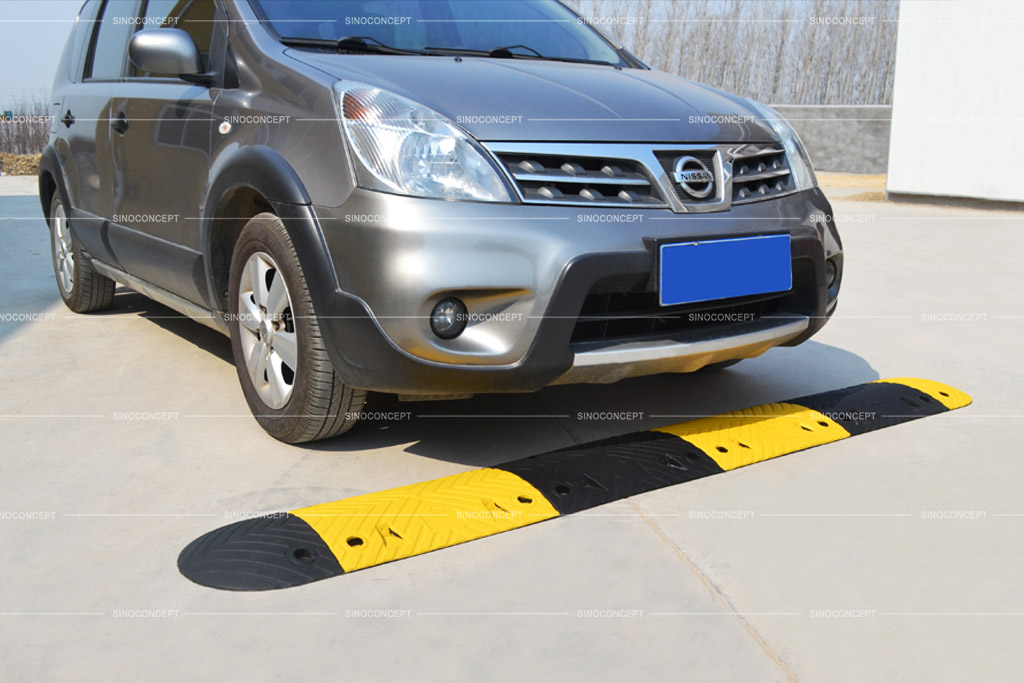
What happens if you drive fast over a speed bump?
Isn’t it true that a speed bump can be troublesome? Yes, they are placed for the protection of the community, generally in residential areas, and we should respect the speed bump by slowing down to maintain a safe speed.
Many people, especially when in a hurry, are guilty of speeding over a speed bump.
You may not only harm innocent pedestrians and other road users by speeding over a speedbump, but you may also cause damage to your own vehicle in a variety of ways.
The purpose of speed bumps is to slow down cars on the road, in neighbourhoods, and in parking lots. When you drive fast over speed bumps, it’s as if you slam a hammer into every section of the automobile.
While automobiles are designed to endure some road damage, the more frequent and severe the impacts, the sooner those parts begin to deteriorate. No matter how big your car is, don’t make it a habit to fly over speed bumps.
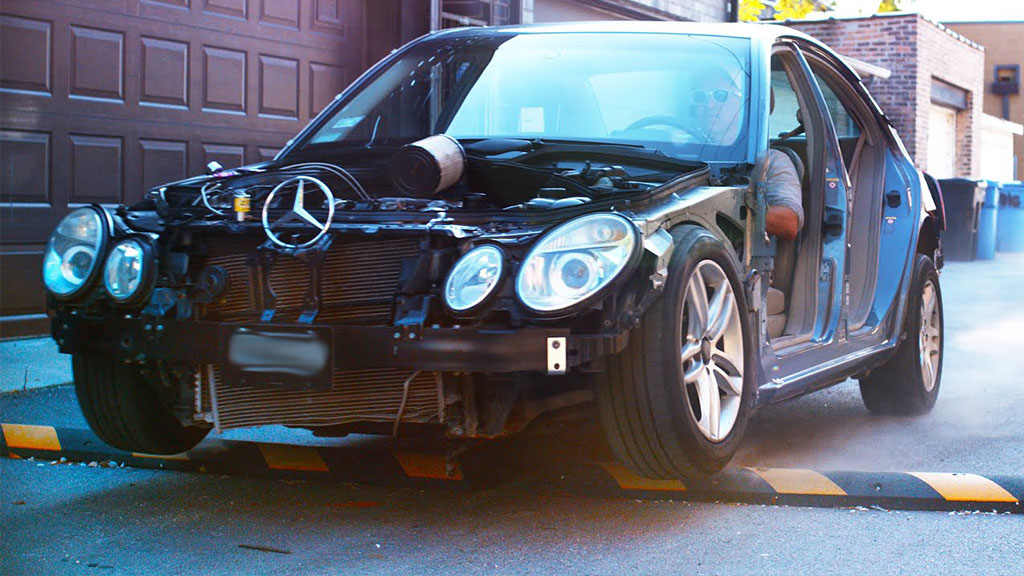
Constant impacts also produce annoying noises and squeaks, as well as loosening and even losing pieces. It is quite simple for your automobile to drive gently over a speed bump. This allows the springs and shocks to slowly compress and decompress to absorb the bump.
You have already read a good part of this article, 👀
We've
got the impression that you like it. 🙂
👇🏻
IF YOU ARE LOOKING TO WORK DIRECTLY WITH A MANUFACTURER,
FEEL FREE TO CONTACT US. WE ARE VERY HAPPY TO HELP!
Can you park on a speed bump?
You may see a car parked on the sidewalk and on the edge of a speed bump in front of your house. You might need some information about a scenario.
Is it not unlawful to park on a speed bump, you wondered? Is there a suggested parking distance near a speed bump or on the road?
The answer is that parking on speed bumps is not permitted. Where the vehicle is approaching on a sidewalk (i.e. on or partially on a sidewalk) or any other area where the halting of a vehicle would or would be likely to create risk or an impediment to other vehicles.
These are the no-parking places in reference to the question. A car may also be prohibited from parking in certain areas.
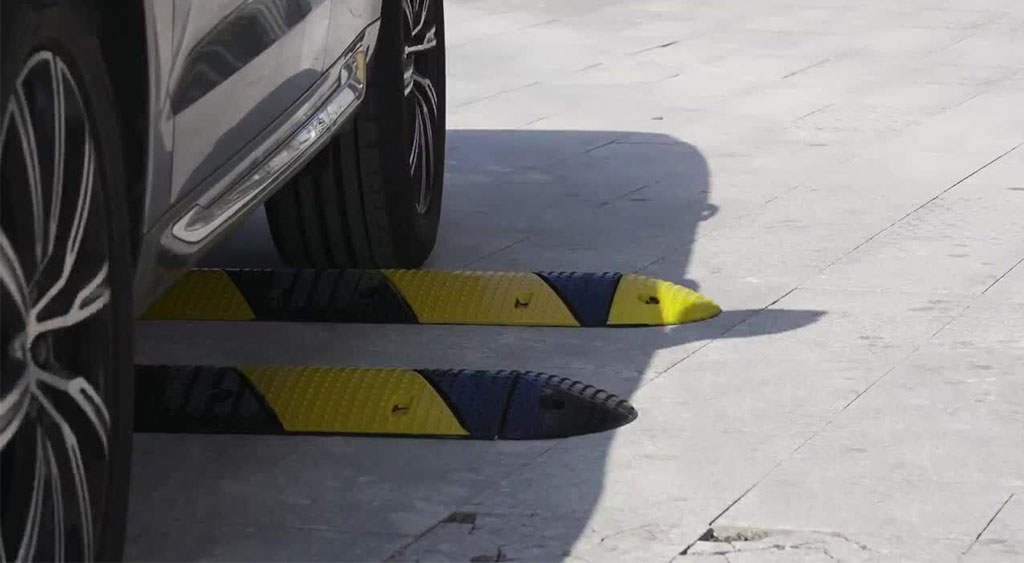
How do low cars get over speed bumps?
Although there are practical and correct alternatives, drivers, particularly those driving lowered cars, have developed creative driving methods to cope with speed bumps.
The best and most pleasant method to get over a speed bump is to slow down or avoid braking. You drive over the speed bump since it is safer and less destructive to straighten your car while doing so.
Here are some strategies for dealing with speed bumps:
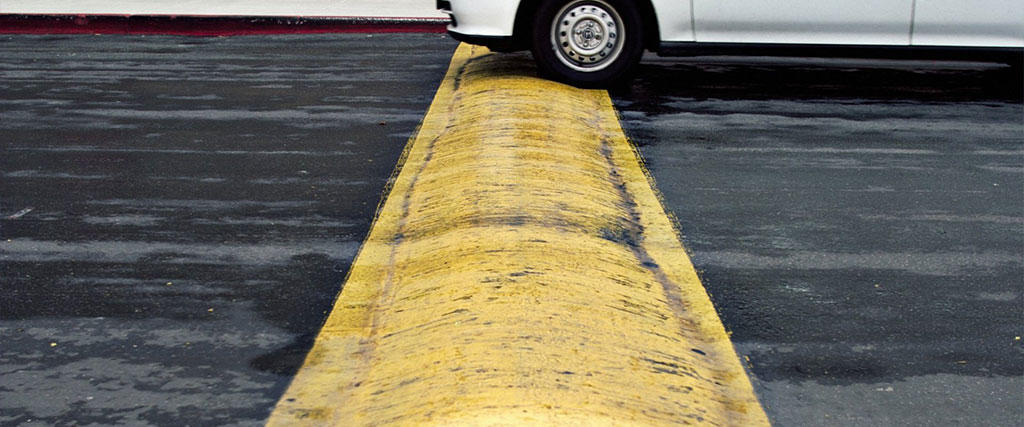
Avoid going over the edge
When driving a lowered automobile, be cautious of curbsides. Roadside structures can be difficult to navigate when they collide with your car’s bumper or chassis.
It would be beneficial if you drove at a safe distance from the curb at all times. Never park too near to the curb, and always keep in mind the distance between your automobile and the next vehicle.
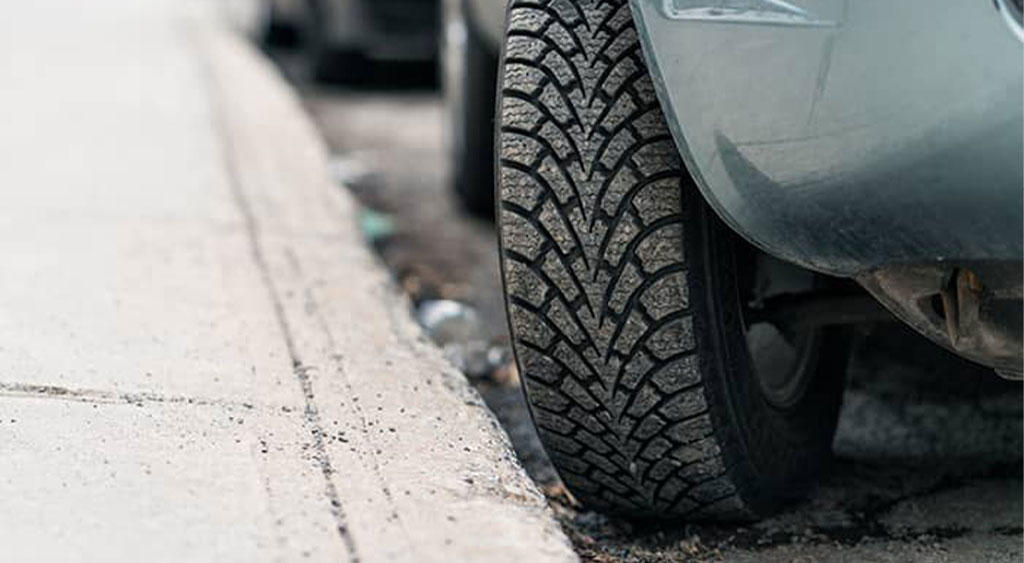
Take caution on slopes
A lowered front will immediately correspond to a lower suspension height, making driving through inclines or hills a little more difficult.
If you drive directly towards the slope, your front bumper lip will most likely collide with the road before your wheels do, but if you approach the incline from an angle, you may safely avoid any contact with your front bumper lip.
Once your wheels have made contact with the hill, turn them straighter to continue up the slope without colliding with either side of the route.
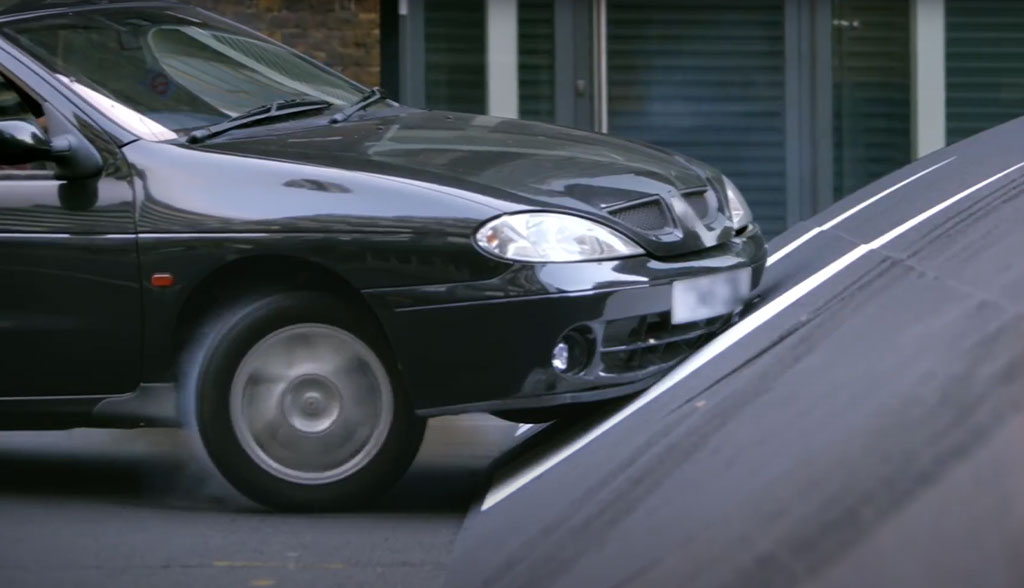
Keep an eye out for speed bumps
You should always approach speed bumps from the side. It would be ideal if the curve was abrupt and the speed bumps were higher.
You should also maintain low-to-moderate acceleration when climbing it, as stopping or slamming the brakes would cause your car’s weight to sink.
The best method is to gradually accelerate to the top of the speed bump, then let off the gas and hit it at a moderate speed. It’s an effective strategy for driving over speed bumps in a lowered vehicle.
Driveways may be difficult to navigate at times. Use the unique angle and gradual acceleration technique to ensure that you can travel through a driveway easily without harming your automobile.
Whatever structure you’re dealing with, approaching it at an angle guarantees that your car’s front end does not collide with the pavement.
This suggestion is applicable to all drivers, but it is especially beneficial to drivers of lowered vehicles. It’s a preventative measure that will save you money in the long term.
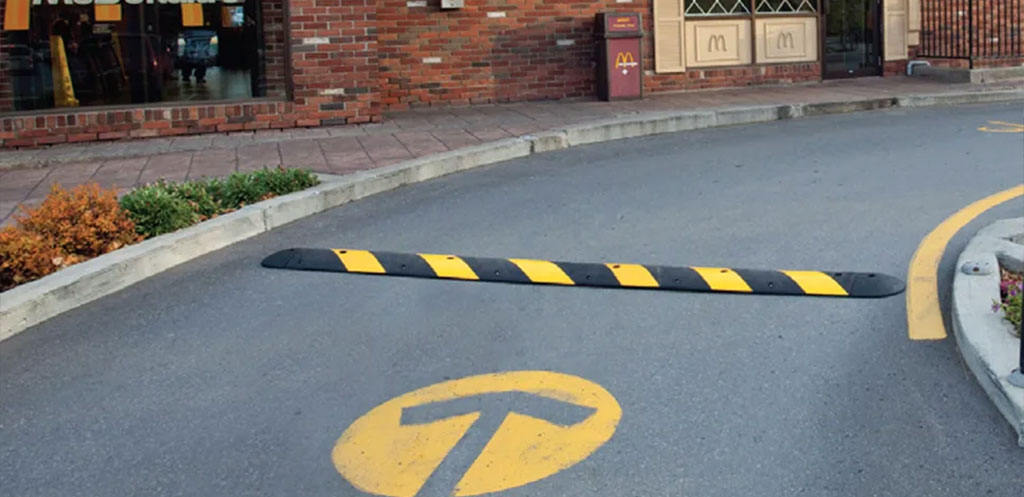
How to go over speed bumps in a manual car?
You should be a little more forceful. You can’t run over a bump at low speeds without your engine RPMs increasing enough to provide torque.
So, put the car in first gear, give it some gas while the clutch isn’t fully engaged, and then slip the clutch to maintain the revs stable.
Allow the clutch to engage gradually, and you should be able to get over the bump without spinning the tires or causing any other problems. Once your rear wheels have passed the bump, upshift as needed.
Remember that the car will bounce a little when you go over, so don’t dump or disengage the clutch. Dumping the clutch can cause your tires to spin, and disengaging it entirely will cause you to roll back.
If you can accomplish it, keep your clutch foot’s heel on the floor during the manoeuvre and squeeze the clutch pedal with your toes only.
This will improve your stability and reduce the likelihood of the clutch-point shifting when you bounce.
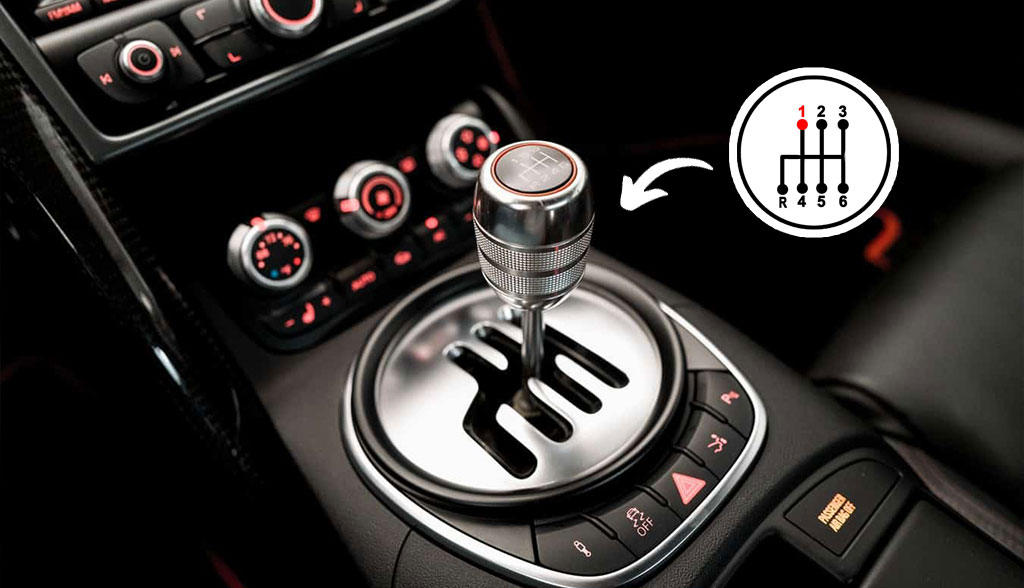
Conclusion
Driving over speed bumps can be challenging, even though speed bumps are very useful for highway safety and traffic volume control.
However, if you drive too fast over the speed bumps, you can damage your car and harm pedestrians around you.
Understanding the dangers of striking a speed bump at high speed may help you be more cautious. It will help you to avoid serious collisions that will hurt not only you and your vehicle but also pedestrians around, bicyclists, property owners, and other motorists nearby.
👇🏻
IF YOU ARE LOOKING TO WORK DIRECTLY WITH A MANUFACTURER,
FEEL FREE TO CONTACT US. WE ARE VERY HAPPY TO HELP!
To learn more, we advise you to refer to the following pages:

